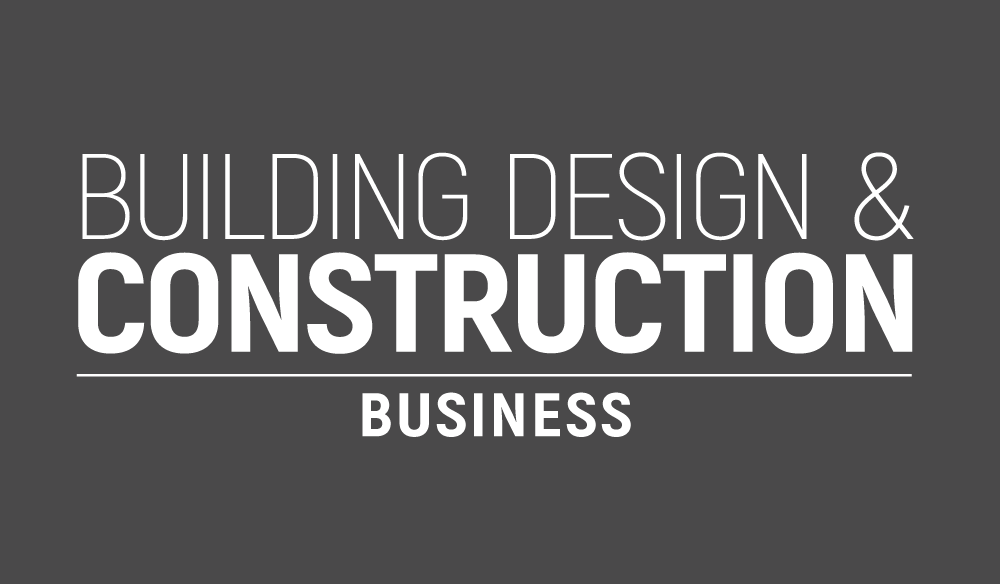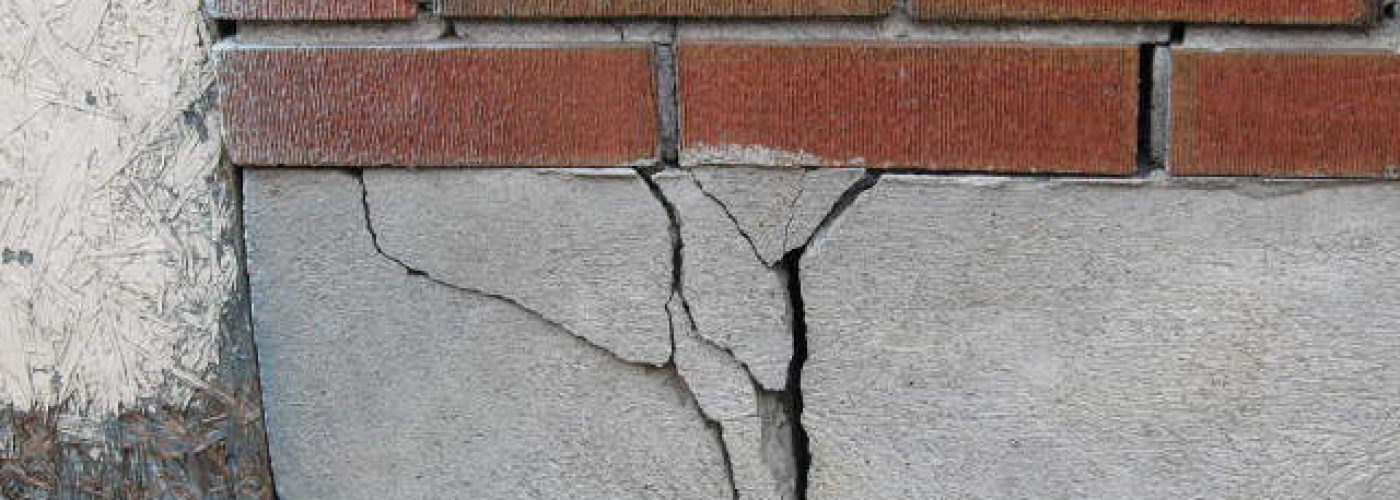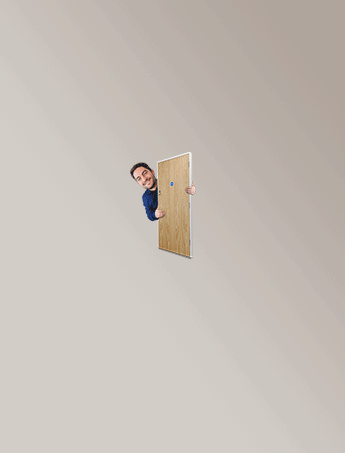Foundation issues are honestly among the most stressful problems any homeowner can face because they threaten your biggest investment and your family’s safety all at once. The good news is that these problems are extremely common, which means proven solutions exist for virtually every foundation challenge you might encounter.
Most foundation troubles start small with hairline cracks or slightly sticky doors that seem like minor annoyances rather than serious structural concerns. However, these early symptoms typically worsen over time if left unaddressed, eventually becoming expensive disasters that require major reconstruction work to fix properly.
Engineering-based solutions provide reliable, scientifically proven methods for stabilizing and protecting residential foundations for the long term rather than just quick fixes that fail within years. Engineering solutions of Georgia specialize in applying these proven techniques to resolve foundation problems efficiently while preventing further structural damage that could threaten your home’s integrity and your family’s safety.
Cracks in Walls and Floors
Foundation settling, expansive soil movement, and water damage create stress that manifests as cracks in basement walls, floor slabs, and above-ground surfaces throughout your home. These cracks indicate that your foundation is responding to forces that exceed its original design capacity or that conditions have changed since construction.
Hairline cracks smaller than a quarter-inch might just be cosmetic settling, but structural cracks that you can insert coins into signal serious foundation movement requiring immediate professional evaluation. Horizontal cracks are particularly dangerous because they indicate wall failure from external pressure that could lead to collapse.
Engineering solutions include epoxy injection that fills and seals cracks permanently while restoring structural integrity, and carbon fiber reinforcement strips that strengthen compromised foundation walls. These methods address both symptoms and underlying structural weaknesses that caused cracking, providing long-term stability rather than temporary fixes.
Uneven or Sloping Floors
Shifting soil beneath your foundation creates uneven support that allows floor joists and subflooring to sag, creating noticeable dips, slopes, or bouncy areas in your home’s floors. This happens when clay soils expand and contract or when poor drainage allows soil erosion that undermines foundation stability.
Homeowners typically notice furniture rocking on previously flat surfaces, doors swinging open by themselves, or floors that feel unstable when walked on. These symptoms indicate serious structural problems that affect your home’s safety and require immediate attention before conditions worsen significantly.
Foundation underpinning using helical piers or push piers transfers your home’s weight to stable soil or bedrock below problematic surface soils. These engineered systems can lift settled foundations back to proper levels while providing permanent support that isn’t affected by changing soil conditions or moisture levels.
Sticking Doors and Windows
Foundation settlement knocks door and window frames out of square alignment as your home’s structure shifts on its foundation. This happens gradually as foundation problems develop, making doors and windows increasingly difficult to operate until they become completely unusable in severe cases.
Persistent sticking that doesn’t improve seasonally signals ongoing foundation movement rather than normal expansion and contraction. When multiple doors and windows throughout your home start having problems simultaneously, it indicates widespread foundation issues that need comprehensive professional evaluation and structural intervention.
Piering systems that stabilize foundations combined with structural adjustments restore proper alignment to door and window frames. These engineering solutions address root causes of settlement while correcting the structural damage that affected your home’s openings, ensuring they operate properly long-term.
Bowing Basement Walls
Hydrostatic pressure from water-saturated soil pushes against basement walls with tremendous force that can cause inward bowing, cracking, and eventual collapse if not addressed promptly. This pressure increases dramatically during wet seasons when soil becomes completely saturated around your foundation perimeter.
The long-term risks include total wall failure that can make your basement unusable while potentially compromising your entire home’s structural integrity. Bowing walls indicate your foundation is losing the battle against external forces that will continue increasing until professional intervention stops the deterioration process.
Engineering solutions include wall anchor systems that tie compromised walls to stable soil away from your foundation, steel braces that provide internal reinforcement, and reinforced support systems that distribute loads more effectively. These methods stop wall movement while restoring structural capacity to handle hydrostatic pressure safely.
Water Damage Around Foundations
Poor drainage creates conditions where water accumulates around foundations, leading to soil erosion that undermines structural support and hydrostatic pressure that cracks foundation walls. Water intrusion through these cracks creates ongoing damage that worsens with every rain event or seasonal groundwater rise.
Signs include active leaks in basements, persistent dampness that creates mold problems, and musty odors that indicate ongoing moisture issues affecting your home’s air quality. These symptoms indicate water management problems that threaten both structural integrity and indoor environmental health for your family.
Comprehensive solutions include waterproof membranes that create barriers against moisture intrusion, French drain systems that redirect groundwater away from foundations, and sump pump installations that remove water before it can create pressure problems. These engineered systems work together to eliminate water-related foundation damage permanently.
Conclusion
Common residential foundation problems including wall cracks, uneven floors, sticking doors, bowing basement walls, and water damage all have proven engineering solutions that address root causes rather than just symptoms. These aren’t DIY projects, they require professional expertise and specialized equipment for safe, effective results.
Engineering-based approaches provide targeted, scientifically proven methods to resolve each specific type of foundation problem while preventing recurrence through comprehensive structural improvements. These solutions restore your home’s stability while protecting your investment from further deterioration that could become catastrophically expensive.
Early detection combined with proper professional repairs ensures your home remains safe, structurally sound, and valuable for decades to come. Foundation problems don’t improve on their own and always worsen when ignored, making prompt engineering intervention essential for protecting your family and your property investment.





